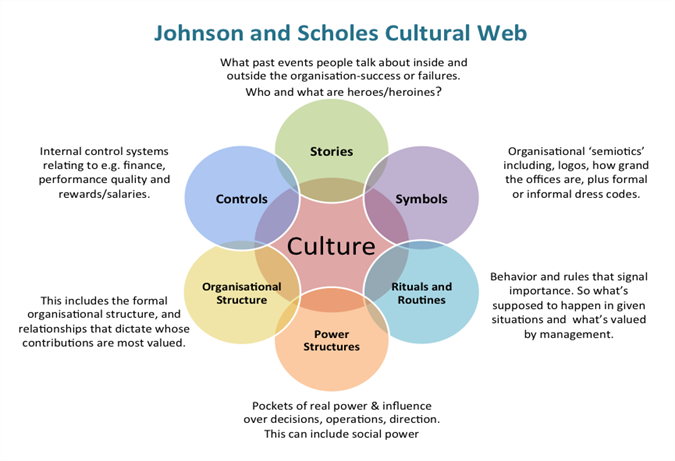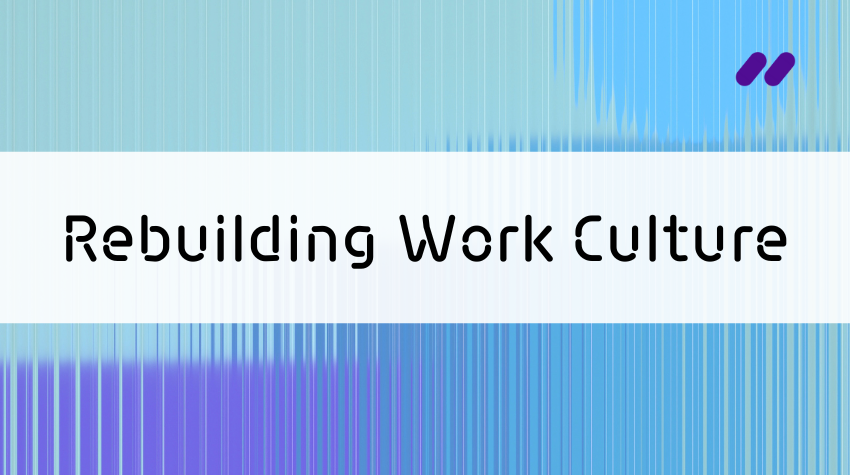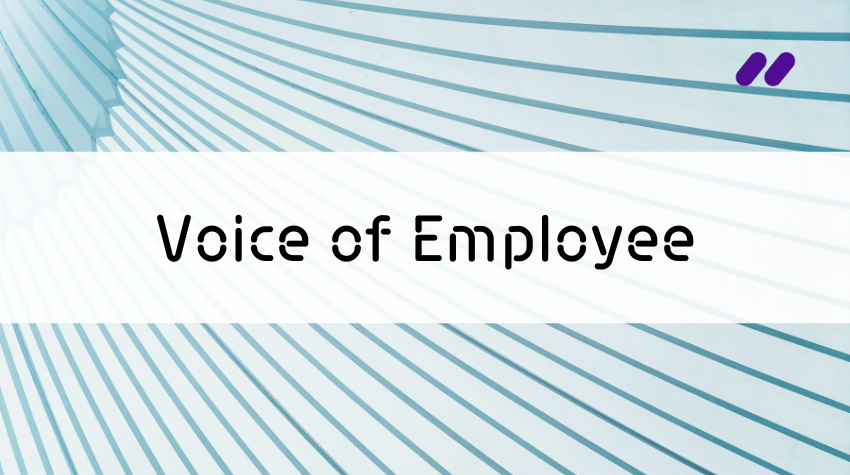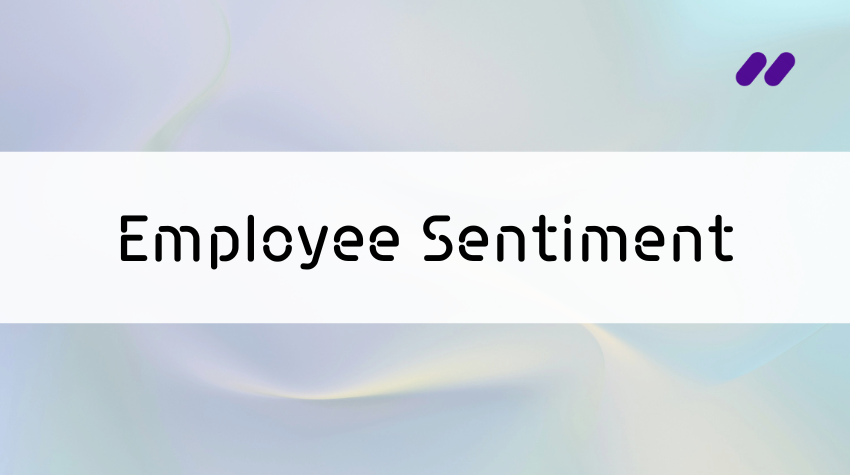From Glassdoor reviews to the Best Place to Work awards, the corporate world has developed a keen interest in gauging, rewarding and publicizing the health of company cultures. But beyond offering great opportunities for PR, fostering internal engagement and employee satisfaction is good business. A study by Harvard-based consulting firm Kotter shows that companies with performance-enhancing cultures that “facilitate adaptation to a changing world” see a fourfold increase in revenue growth. And for those looking for top talent, a widely quoted 2012 study by Corporate Responsibility Magazine revealed that 69% of respondents wouldn’t take a job with a company that had a bad reputation, even if they were unemployed.
A recent study revealed that 69% of respondents wouldn’t take a job with a company that had a bad reputation, even if they were unemployed.
Highly qualified millennials, it turns out, are more focused than ever on aligning with a company’s values and ethics. According to The Guardian journalist Matthew Jenkin, change “is being driven by the so-called millennials. Of those born between 1981 and 1996, 62% want to work for a company that makes a positive impact, half prefer purposeful work to a high salary, and 53% would work harder if they were making a difference to others.”
Yet despite our increased understanding that corporate culture is an essential part of any management strategy, it often proves elusive to measure, manage and maintain. To put yourself on the path to creating a healthy company culture, it’s necessary to look at what defines corporate culture, its impact on profitability and the ways traditional culture frameworks, Voice of Employee (VOE) programs and text analytics technology can help yield scalable shifts for organizations of all stripes and sizes.
1. Defining corporate culture
While the idea of corporate culture may be hard to pin down, there’s been extensive research on the different elements that shape and influence it. One particularly useful framework is the Johnson and Scholes Culture Web model, which focuses on an organization’s cultural paradigm, a term that defines the often unconscious understanding of a company’s shared values and assumptions. There are six components to the Cultural Web, which overlap, interact and continuously help employees understand how they are seen and valued within their corporate structure.

These six components, beyond helping you draw contours around the seemingly intangible cues you’re sending your employees on a daily basis, provide a structure that will guide you in defining the culture you want to foster in each of the spheres. Only then can you start strategically gathering data and creating a measurable framework for progress and success.
2. Leveraging the voice of the employee (VOE) to shift your corporate culture
Step 1: Gather actionable data
With your company Cultural Web in place, it’s time to turn to your employees for an objective audit of how well it aligns with the existing cultural paradigm. The resulting data can take a myriad of forms – from traditional surveys to internal chat rooms or anonymous feedback forms – but one thing is clear: The richest insights will always be found in the form of unstructured feedback: comments prompted by open-ended, informal questions.
This is where text analytics technology comes in. If your goal is to analyze and contextualize thousands of free-form employee comments and suggestions without having to reallocate precious resources, an AI-powered text analytics platform will provide a turnkey solution that delivers quick, accurate KPIs. These are then easily customized and tracked as your company develops and implements new VoE initiatives.
Here are four key benefits of working with text analytics instead of manual analysis:
- Speed: Manually sorting and annotating a survey with six open-ended questions sent to 9,000 employees takes months of work. With text analytics, it takes about 30 minutes.
- Accuracy: Though neither AI nor human labor can deliver 100% accuracy, text analytics, at 90% accuracy, gets pretty close. Moreover, that rate continuously increases as the algorithms process more data and learn to identify trends and outliers.
- Neutrality: Despite our best intentions, we humans have a tendency to unconsciously project our feelings and understandings onto qualitative data. AI, on the other hand, does not. Instead, it provides reliably objective data to help guide your engagement strategy.
- Scalability: If you’re relying on human labor, the difference between sorting through 9,000 surveys and 50 is dramatic. Do you want to include social media content and internal chat room data in your analysis? Good luck with that! With text analytics, you can scale to complex, multichannel analysis in a matter of minutes.
Step 2: Compare and contrast
Using your Cultural Web framework, identify the key gaps and contradictions in the way your company wants to be perceived and the way employees are currently engaging with your corporate culture and brand.
Step 3: Adjust, iterate and repeat
While conducting this kind of analysis manually can only be done once or twice a year, at most, text analytics will allow you to keep a constant finger on the pulse of employee engagement and sentiment. This is true even as your company grows, pivots, downsizes, adds perks and benefits or implements new corporate hierarchies and processes. Corporate culture is a living, breathing thing, and it requires nonstop attention and care if you want everyone to stay in sync with your company’s values and objectives.
Now that your initial feedback loop is set up and various channels of unstructured feedback are continually streaming in, you can adapt quickly as issues arise. In our fast-paced marketplace, agility means you’ll have a better chance at keeping your brightest minds engaged, happy, productive and, most importantly, on your payroll.
3. You can’t afford to lose your talent
48% of employees will look for a new job if they feel their corporate culture is going downhill
A healthy corporate culture isn’t just about boosting productivity, it’s also about avoiding unnecessary costs and inefficiencies. At its worst, a neglected culture is like a disease: It slowly spreads, eating away at the organization’s metaphorical arteries, weighing down motivated employees and leading to low productivity and ultimately system-wide failure.
As Matt Stolpe from Bonfyre explains, “When employees are undermined at work they begin to undermine their colleagues. These contagious negative behaviors cast a dark cloud over work, and are estimated to cost organizations about $6 billion each year in health problems, employee turnover and productivity loss.”
If you consider that it costs between 30% and 150% of an employee’s salary to fill a position, and that 48% of employees will look for a new job if they feel their corporate culture is going downhill – investing in the right text analytics technology to provide ongoing VoE insights isn’t just essential to company morale, it’s essential to your bottom line.





